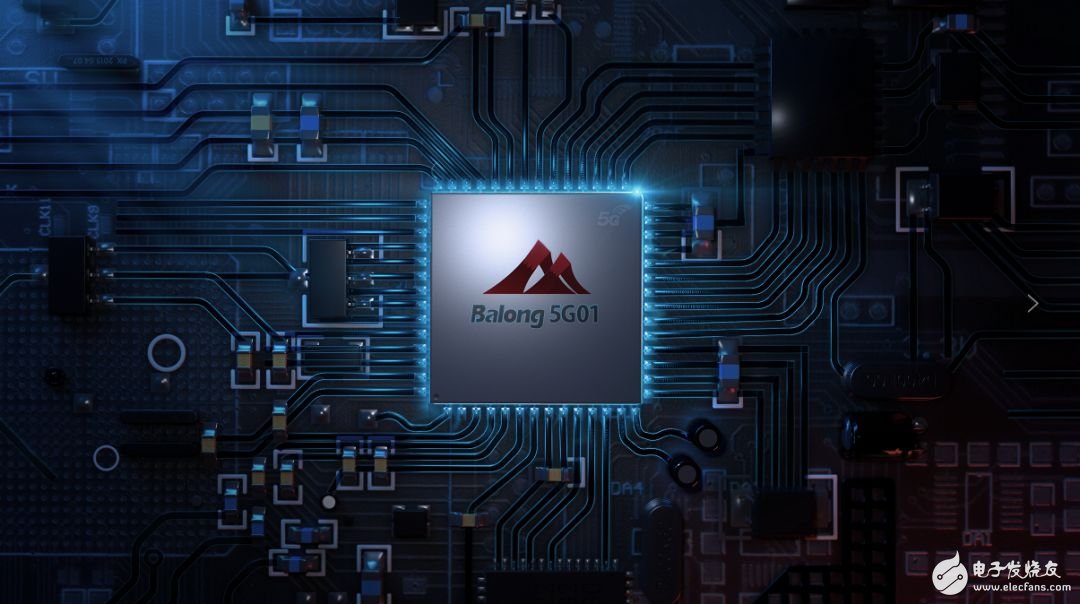5G is set to revolutionize not just the mobile internet, but also enable a world where everything is connected and smart. In the near future, 5G will become a common feature in homes around the globe. Huawei has taken a significant step forward by launching its 5G chip and 5G CPE, offering end-to-end solutions that support the development of 5G technology. According to Huawei's roadmap, it is expected that the company will unveil its first 5G smartphones in 2019.
On February 25th, Beijing time, during the Mobile World Congress (MWC) in Barcelona, Spain, Huawei’s consumer business officially launched its first 5G commercial chip, the Balong 5G01, along with the 5G commercial terminal, the Huawei 5G CPE. These products are designed to bring 5G technology into everyday life for consumers.

As we know, mobile communication relies on the 3GPP standard, which manufacturers follow to develop chips, networks, and terminals. The release of Huawei's 5G chip and 5G CPE marks a major milestone, as it makes Huawei one of the few companies capable of providing full 5G solutions from chip to network. This achievement signals that the 5G industry is rapidly advancing and that 5G will soon become widely available to households.

Huawei’s Balong 5G01 is the world’s first 5G commercial chip based on the 3GPP standard. It supports both Sub-6GHz (low frequency) and mmWave (high frequency) bands, allowing for theoretical download speeds of up to 2.3 Gbps. Additionally, it supports dual connectivity between 4G and 5G, as well as standalone 5G networking, making it a versatile solution for future applications.
In the past year, Qualcomm introduced the first 5G baseband chip for mobile devices, the X50, and successfully achieved data connections on the 28GHz band. Later, Intel also launched its first 5G baseband chip, the XMM 8000 series. With the release of the Balong 5G01, Huawei joined the ranks of Qualcomm and Intel as one of the few global manufacturers of 5G commercial baseband chips. This milestone highlights China’s growing influence in the 5G era.
From what we know, both the Balong 5G01 and the Intel XMM 8060 support the latest 5G NR air interface and operate on both 28GHz and Sub-6GHz bands. They also support 4G/5G dual connectivity and are backward compatible with older networks like 2G, 3G, and 4G.
In comparison, the Qualcomm Snapdragon X50 only supports the 28GHz band and initially focused solely on 5G networks. However, it can still work with other components via dual connectivity, such as the Opteron processor and LTE baseband.

The Huawei 5G CPE comes in two versions: low-frequency (Sub-6GHz) and high-frequency (mmWave). The low-frequency model weighs just 3kg and is compact enough to fit anywhere indoors. It can achieve peak download speeds of up to 2Gbps—20 times faster than traditional 100Mbps fiber. This makes it ideal for future applications such as AR/VR, 4K/8K video streaming, and online gaming, offering an immersive digital experience.

The high-frequency 5G CPE includes an outdoor unit (ODU) and an indoor unit (IDU), enabling efficient wireless broadband access. Huawei has already partnered with over 30 operators worldwide, including China Mobile, China Telecom, China Unicom, Vodafone, SoftBank, T-Mobile, BT, and Telefonica, to advance 5G deployment.
With 5G, the future of connectivity is brighter than ever. At this conference, Huawei also announced its 5G terminal strategy, including 5G smartphones, 5G CPEs, 5G mobile Wi-Fi, 5G industrial modules, and 5G car boxes. Reports suggest that Huawei's first 5G smartphone will be released in 2019, marking a new chapter in the evolution of mobile technology.
Refurbished Hp Laptop,Hp Used Laptops,Used Hp Laptops For Sale,Used Hp Pavilion
Guangzhou Panda Electronic Technology Co., LTD , https://www.panda-3c.com